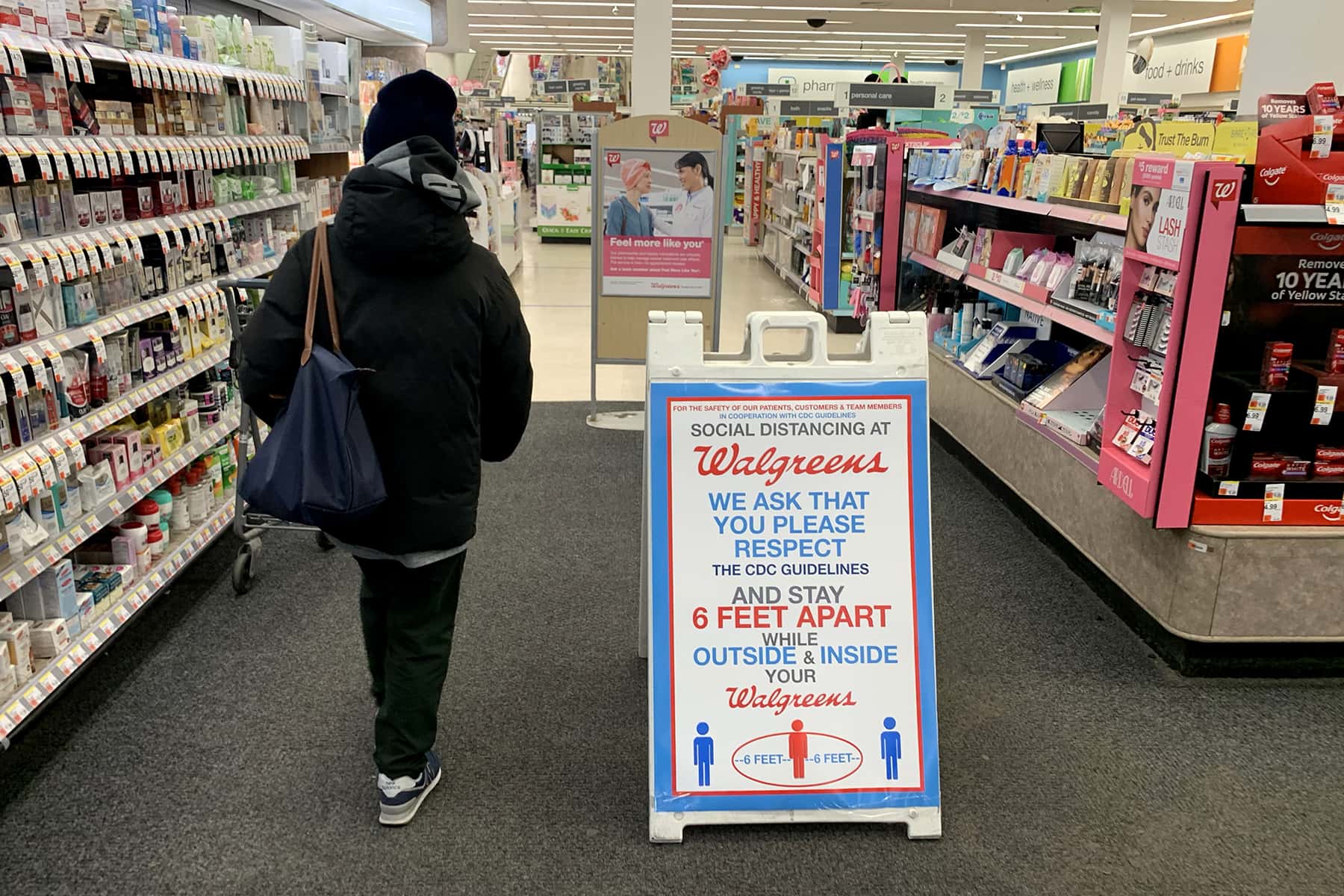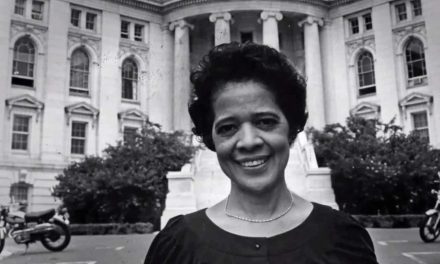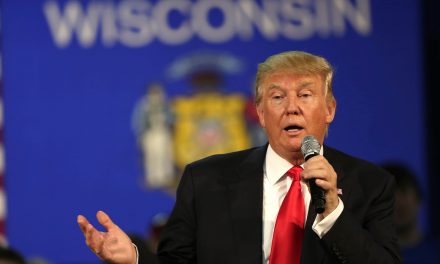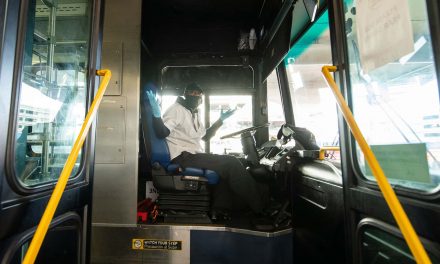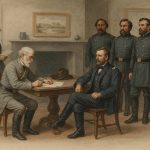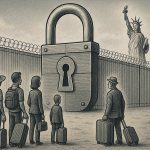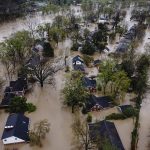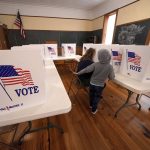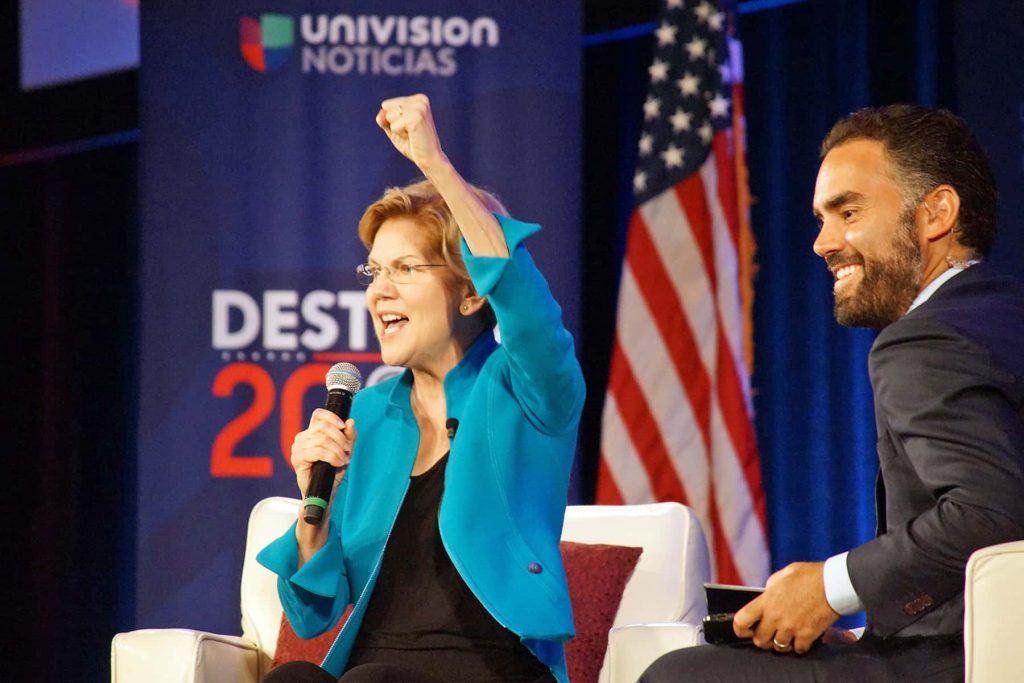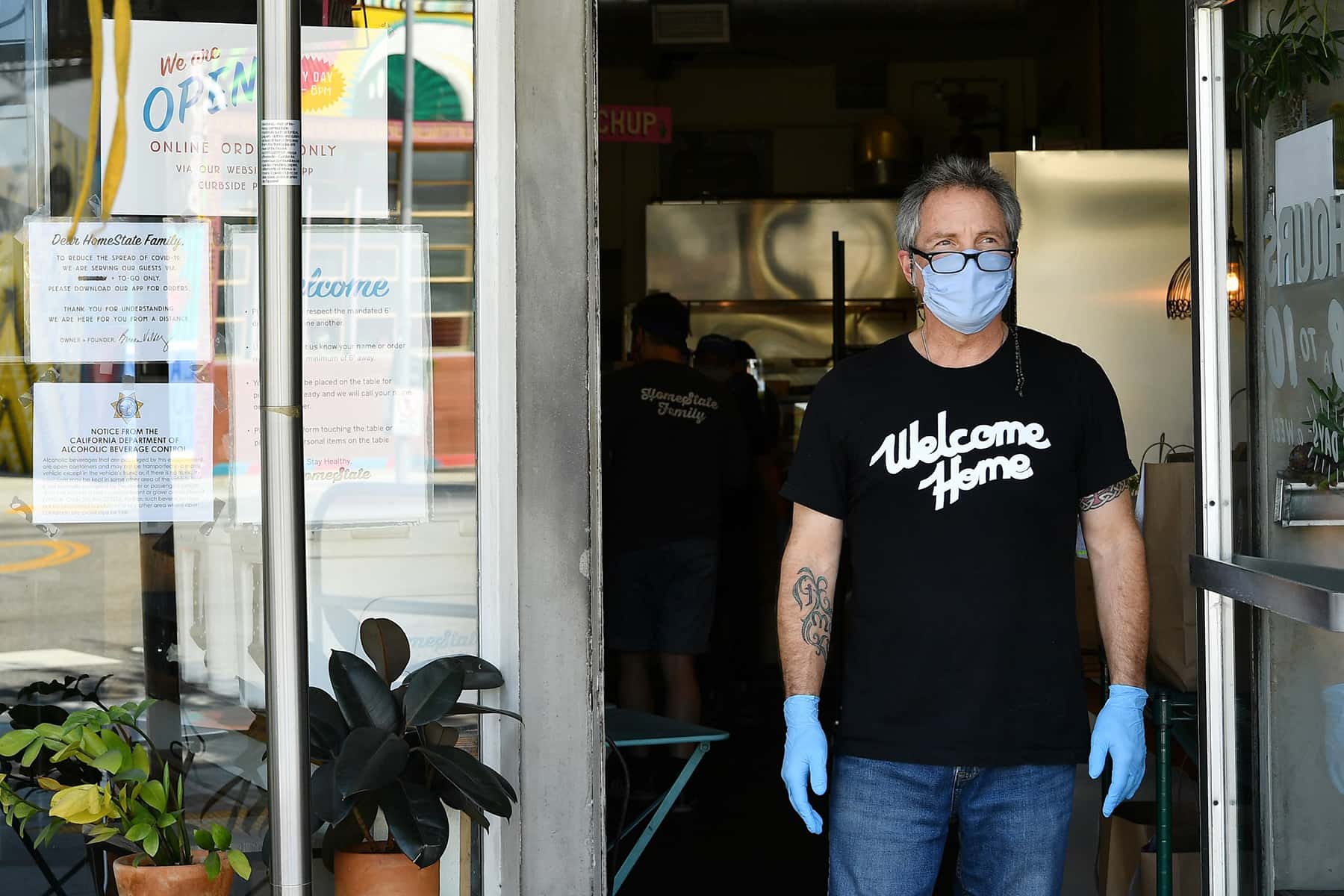
By Hilary Godwin, Dean, School of Public Health, University of Washington
How and when states reopen their economies will look different from one state to the next, depending on where that state is in the trajectory of its coronavirus illnesses. In this Q&A, Hilary Godwin, dean of the University of Washington School of Public Health, explains why and why it makes sense for groups of states to coordinate their plans.
Governors are walking a tightrope as they try to figure out how to safely ease off social distancing restrictions and restart their economies without triggering a new surge in coronavirus cases. Do they start allowing businesses like restaurants, theaters and hair salons to reopen, as Georgia plans to do by Monday despite more than 20,000 COVID-19 cases there so far and opposition from several mayors? Is it OK to reopen beaches and stores, like South Carolina did this week? Or do they take a more cautious approach, as Massachusetts is doing by keeping schools closed through the end of the school year? These decisions aren’t simple.
Can states start reopening without triggering a new COVID-19 surge?
At this point, we expect to see some rise in cases when economic and social activities restart. We don’t want to wait until there is no chance that would happen – people would literally go stir-crazy in their homes and it would decimate the economy. What we want is to be confident that we have the capacity to identify coronavirus cases quickly and control the spread through contact tracing and isolation when we see them start to emerge again.
Can every state just follow the White House plan?
Under our country’s federalist system, protection of public health and safety is reserved to the state, so it is up to each governor to choose a path forward. The White House’s plan provides a helpful starting point by offering a least restrictive path, but it suggests removing restrictions much more quickly than many public health people feel comfortable with.
For example, one trigger for the first phase of lifting restrictions is a downward trajectory, with 14 days of decreasing numbers of new COVID-19 cases. At that point, the White House plan says there can be large gatherings including at sports events and movie theaters, provided social distancing is followed. Washington state has probably met that two-week threshold, but don’t expect Washington to allow large gatherings soon. Statistically, the chance of someone asymptomatic and infectious being at one of those gatherings and exposing a large number of people is pretty high. That’s a risk many states aren’t going to take.
A number of different models, including by researchers at Harvard Chan School of Public Health and Kathryn Peebles at the University of Washington, have suggested that you need to wait longer than just seeing 14 days of a downward trajectory to be confident you wouldn’t get a large resurgence of cases. That could mean three or four weeks – I’m not saying months and months and months. But 14 days seems really short based on what I’ve seen of the coronavirus case curves and where most places are on that trajectory.
What do states gain by coordinating their plans?
Going into the first phase of lifting restrictions, states need to have enough testing and contact tracing capacity to be confident they can manage the cases that will still turn up. Even if a state isn’t seeing cases spreading within communities, travelers are still coming in from places where the pandemic is active. Right now, we don’t have that capacity, even in Washington, and we have better capacity that most of the country.
That’s one reason partnering with other states makes sense. When Washington partners with California and Oregon, we can pool our resources for developing testing capacity and contact tracing capacity. That bumps up the timeline for getting enough resources in place that we can be confident we can start lifting restrictions. It should take us much less time if we’re working together, and that’s huge. Another big advantage is consistent messaging across a region where people cross state lines all the time.
Should all states be coordinating with others?
For states to coordinate, it’s helpful if they’re at similar stages in the epidemic. That’s part of why it makes sense for a few states to coordinate on the same plan rather than having one plan for the entire country. New York is having such a different experience right now that it would be difficult for that state to coordinate reopening plans with Washington or California. In Washington, when the cases numbers plateaued, we were able to send extra ventilators to other regions that needed them. New York needs to be taking different steps at different times and has different resource challenges.
In Washington, Oregon and California, we also have similarities in how people and the governors weigh public health risk versus economic risk in a situation like this. Part of the reason Washington has done well after the early outbreak was that our local health departments were good about jumping on contact tracing and preparations, so by the time we did have community-level transmission, they had been preparing for weeks. We also have elected officials who have worked hand in hand with their public health officials.
Is a second surge of cases a foregone conclusion?
It is possible that we won’t see a second peak. There are things that could keep that from happening. Having a vaccine widely available or a treatment people could take to prevent transmitting the disease could help the country avoid another surge in cases. It’s also possible, as we saw with MERS and SARS, that once we are able to contain everything and get it to a low enough level, the coronavirus could die out on its own.
But we don’t want to count on that and not prepare for the possibility it comes back, particularly since so many people haven’t been infected. We still have a lot of people who are really vulnerable, so if we’re not careful enough about how we bring economic and social activities back online, we could have a resurgence.
Amy Sussman
Originally published on The Conversation as Why there isn’t a one-size-fits-all plan for states to reopen their economies
Support evidence-based journalism with a tax-deductible donation today, make a contribution to The Conversation.

